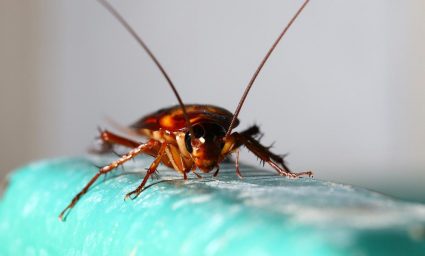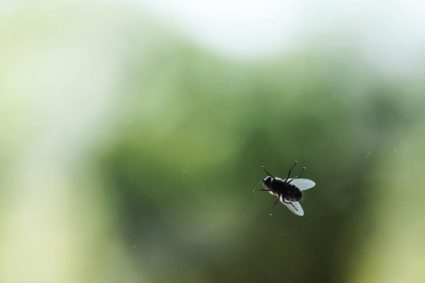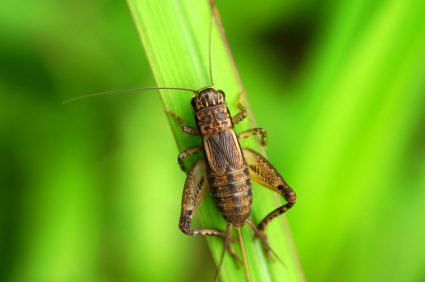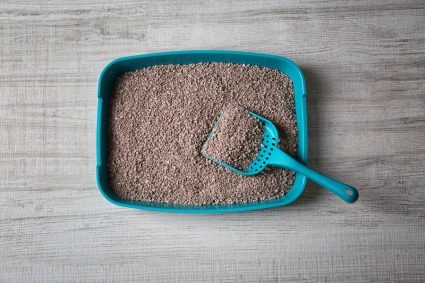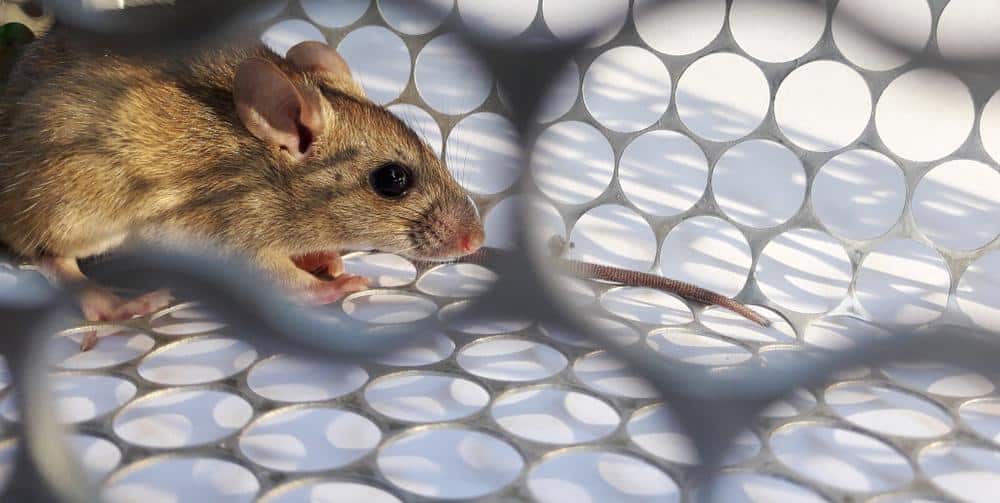
Mice can be a real nuisance when you’re trying to enjoy your pop-up camper. Not only can they cause damage by chewing on wires, insulation, and other parts of your camper, but they can also spread disease. Here’s a comprehensive guide on how to keep mice out of a pop-up camper.
To keep mice out of a pop-up camper, seal all potential entry points using a combination of expanding spray foam and steel wool. Use mouse deterrents such as peppermint oil, dryer sheets, or rodent repellent pouches and store food in airtight containers. Regularly clean your camper and remove potential nesting materials. Set up mouse traps and use electronic repellents to deter mice. Regular inspection and maintenance of your camper are also crucial.
Why Mice Are Attracted to Campers
Mice are attracted to campers for a variety of reasons. They provide shelter from the elements, potential food sources, and nesting materials. Campers that are parked near wooded areas, tall grass, or garbage piles are more likely to attract mice, as these environments provide ample shelter and food sources for rodents.
How Mice Enter Your Camper
Mice can enter your camper through small openings, some as small as a dime. Common entry points include gaps around doors, poorly sealed pull-out sections, gaps around plumbing or wiring, corners or cracks where walls meet, and openings where pipes enter the RV. Regularly inspecting your camper for these potential entry points is crucial in keeping mice out.
Seal All Possible Entry Points
Sealing all possible entry points is the first step in keeping mice out of your camper. Use a combination of expanding spray foam and steel wool to fill these gaps. Steel wool is particularly effective because mice cannot chew through it. For larger holes, consider using small wood or metal plates.
Use Mouse Deterrents
There are several mouse deterrents you can use to keep mice away from your camper. Cotton balls soaked in peppermint oil, dryer sheets, and Fresh Cab Rodent Repellent pouches are all effective in repelling mice. Place these deterrents in areas where mice are likely to enter or hide.
Store Food Properly
Mice are attracted to food, so it’s essential to store food properly. Use airtight containers or plastic bags to store food. Consider using a hard-sided camping cooler for additional sealed food storage. Remember to clean up any food crumbs or spills promptly.
Keep Your Camper Clean
Regularly cleaning your camper can discourage mice from settling in. Sweep and clean your camper to remove any food crumbs or spills that may attract mice. Also, remove any potential nesting materials like newspapers and fabric scraps.
Use Traps and Repellents
Setting up mouse traps inside the camper can catch any mice that may have entered. You can also use electronic repellents, such as ultrasonic devices, to deter mice from entering your camper.
Regular Maintenance
Regularly inspect your camper for signs of mice, especially during storage periods. Look for droppings, dirty smudges, nests, chewed materials, and distinctive odors. If you notice any of these signs, take action immediately to eliminate the mice and prevent further damage.
In Case of Infestation
In case of an infestation, use humane live traps to catch the mice without harming them. Once captured, release the mice in a location far away from your camper. Using natural repellents like peppermint oil and ultrasonic pest repellers can also help drive the mice away from your camper.
By implementing these strategies, you can keep your pop-up camper free from mice and enjoy a clean and enjoyable camping experience. Remember, the key to preventing mice infestations in your camper is regular inspection and maintenance, using deterrents and repellents, proper food storage, and maintaining cleanliness. With these steps, you’ll be well on your way to a mouse-free camper.
Frequently Asked Questions
Can I use any kind of spray foam to seal the entry points?
Yes, you can use any type of spray foam insulation that expands and hardens to seal the gaps. However, it’s recommended you use a pest block or rodent-resistant type of spray foam as they contain additives that deter rodents from chewing through it.
How often should I replace the mouse deterrents like peppermint oil-soaked cotton balls or dryer sheets?
The frequency of replacing these deterrents depends on a few factors such as the size of your camper and how severe the mouse problem is. However, as a general rule, replace the peppermint oil-soaked cotton balls every 2-3 weeks, or when the smell starts to fade. Dryer sheets should be replaced every 1-2 months.
Will ultrasonic devices affect my pets?
Ultrasonic devices are generally safe for common household pets such as dogs and cats. However, they can affect pets such as gerbils, hamsters, or other rodent-type pets. If you have these types of pets, it’s better to opt for other deterrents.
What should I do if the infestation persists despite taking all these measures?
If the infestation persists, it’s best to hire a professional pest control service. They have the tools and expertise to handle severe rodent infestations and can provide a long-term solution.
How far away should I release the captured mice?
Mice have a strong homing instinct. To ensure they don’t return, release them at least 2 miles away from your camper. If possible, release them in a wooded area where they can find food and shelter.

